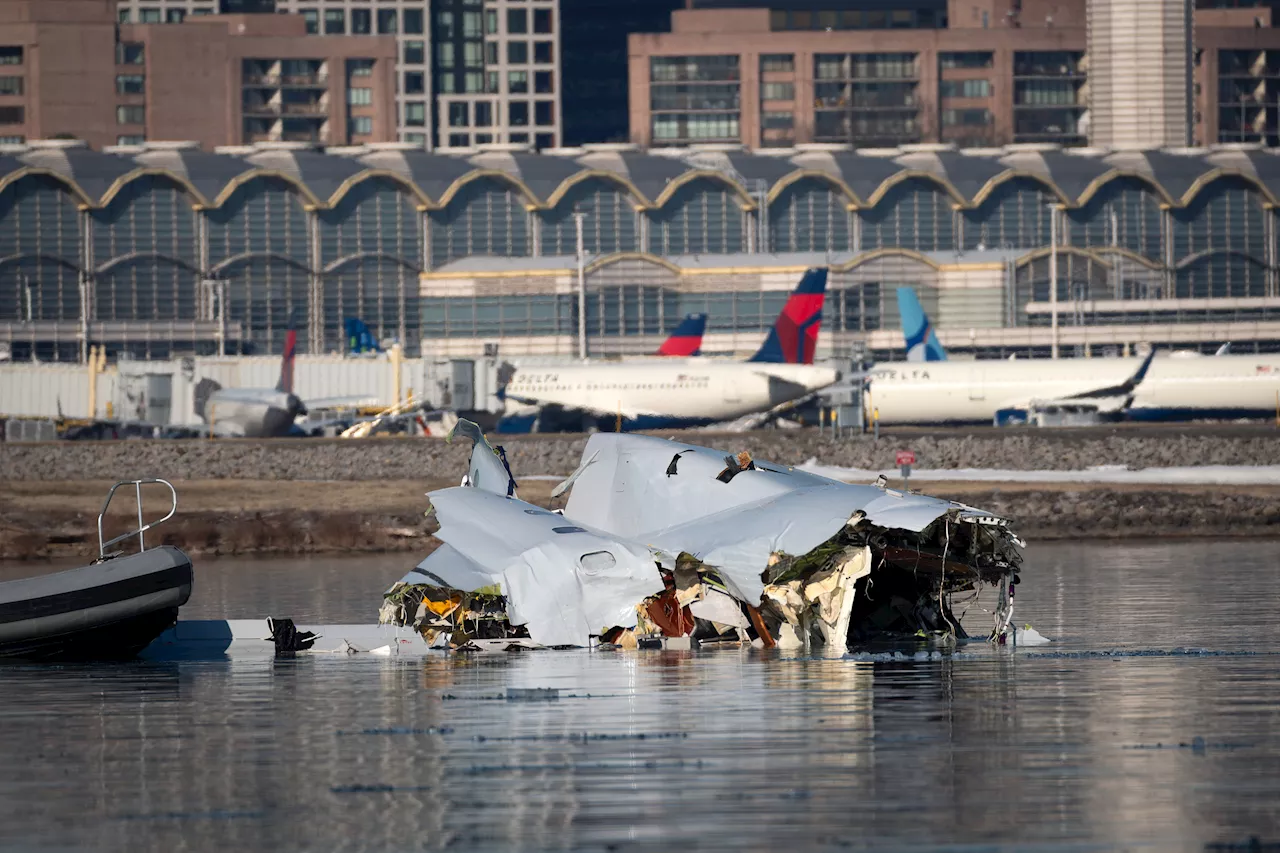The investigation into the fatal crash of an Army Black Hawk helicopter and a commercial airliner near Washington, D.C. is focusing on the events inside the helicopter in the moments leading up to the collision. Aviation experts say understanding the helicopter's altitude and the actions of the pilots will be crucial to determining the cause of the disaster.
What happened inside the Army Black Hawk helicopter in the moments before the fatal crash is key to unraveling the disaster, experts say. In almost a quarter century, understanding what happened inside the Army Black Hawk helicopter — and exactly what altitude it was flying at when it collided with a passenger jet — will likely be key to unraveling the disaster, aviation experts say.
A pair of seasoned Army pilots were at the controls, with a third aviator seated behind them for a routine mission in clear weather on Wednesday — part of an annual evaluation to test a pilot’s knowledge and proficiency in the cockpit, officials said. The flight path, too, was a familiar one: The buzz of military helicopters is a constant above Washington, D.C. And yet the training flight ended in a fireball in the night sky as the UH-60 Black Hawk slammed into a commercial airliner carrying 64 people, leaving no survivors. Publicly available data reviewed by NBC News suggests the Army helicopter may have been flying too high at the time of the crash, but investigators cautioned against drawing conclusions before they’re able to analyze official flight data. Investigators have recovered flight data recorders, or black boxes, from the American Eagle jet and the helicopter, which should provide the exact altitude at impact and other details. “There’s a lot of experts out there, but until we get the data from the black boxes, that’s the only truth, and we won’t know that for a little bit,” said Jonathan Koziol, a senior Army aviation adviser who’s helping with the investigation. The National Transportation Safety Board (NTSB) which is leading the investigation. American Eagle Flight 5342 was descending to land at Ronald Reagan Washington National Airport; the Army helicopter was shifting from one flight path to another, a common move often performed in the busy airspace above the nation’s capital. The passenger jet’s last known altitude was logged at about 375 feet, according to the aircraft tracking website FlightAware. But helicopters generally are not permitted to fly above 200 feet near Reagan, under Federal Aviation Administration rules. Tim Loranger, an aviation attorney and former U.S. Marine Corps aircraft mechanic, said the publicly available data suggests the passenger jet was “exactly where it was supposed to be, at the altitude that it was supposed to be” and that the Army helicopter was not. If those findings are confirmed by the official flight data, Loranger said, it will open a host of additional questions. Investigators, he said, will want to know if a mechanical problem with the helicopter’s instruments provided the pilots with incorrect altitude data. They’ll be asking whether the air traffic controller noticed a problem with the helicopter’s altitude and gave clear instructions to correct the issue. And they’ll be scrutinizing whether the Army pilots had logged sufficient flight hours in recent months to stay proficient. “Flying aircraft, it’s not like riding a bicycle,” said Loranger, who has represented family members of service members killed in military aircraft crashes. “You have to continuously do it in order to maintain your sharpness and your skills as a pilot.” Koziol, the Army aviation adviser, said the instructor pilot had about 1,000 flying hours and the co-pilot, who was undergoing the evaluation, had about 500 hours. “That is an experienced crew,” he said. “That is right on target.” When asked when either of them had last flown, Koziol said he did not know. The Army on Friday identified two out of the three Black Hawk crew members as Staff Sgt. Ryan Austin O’Hara, 28, of Lilburn, Georgia, and Chief Warrant Officer 2 Andrew Loyd Eaves, 39, of Great Mills, Maryland. The Army said O’Hara is believed to be dead, pending positive identification of his body, and that the remains of the two other soldiers have not yet been recovered. No one on the passenger jet survived. Local officials said Friday that 41 sets of remains have been recovered and that 28 victims have been identified so far. An air traffic control supervisor in the tower at Reagan National let a controller end their shift early, a source familiar with the investigation confirmed to NBC News. That left one controller to handle both plane and helicopter traffic in the area, which is allowed under FAA regulations but not typical for that time of day at Reagan. Reagan airport was designed for 15 million passengers annually, but now handles roughly 25 million people each year, according to airport officials. There has been a discussion for years between airport officials and elected leaders about whether air traffic safety is impacted by this dramatic increase. Danger is inherent in military aviatio
Helicopter Crash Black Hawk Airliner Collision Washington D.C. NTSB Investigation Aviation Safety Air Traffic Control Military Aviation
United States Latest News, United States Headlines
Similar News:You can also read news stories similar to this one that we have collected from other news sources.
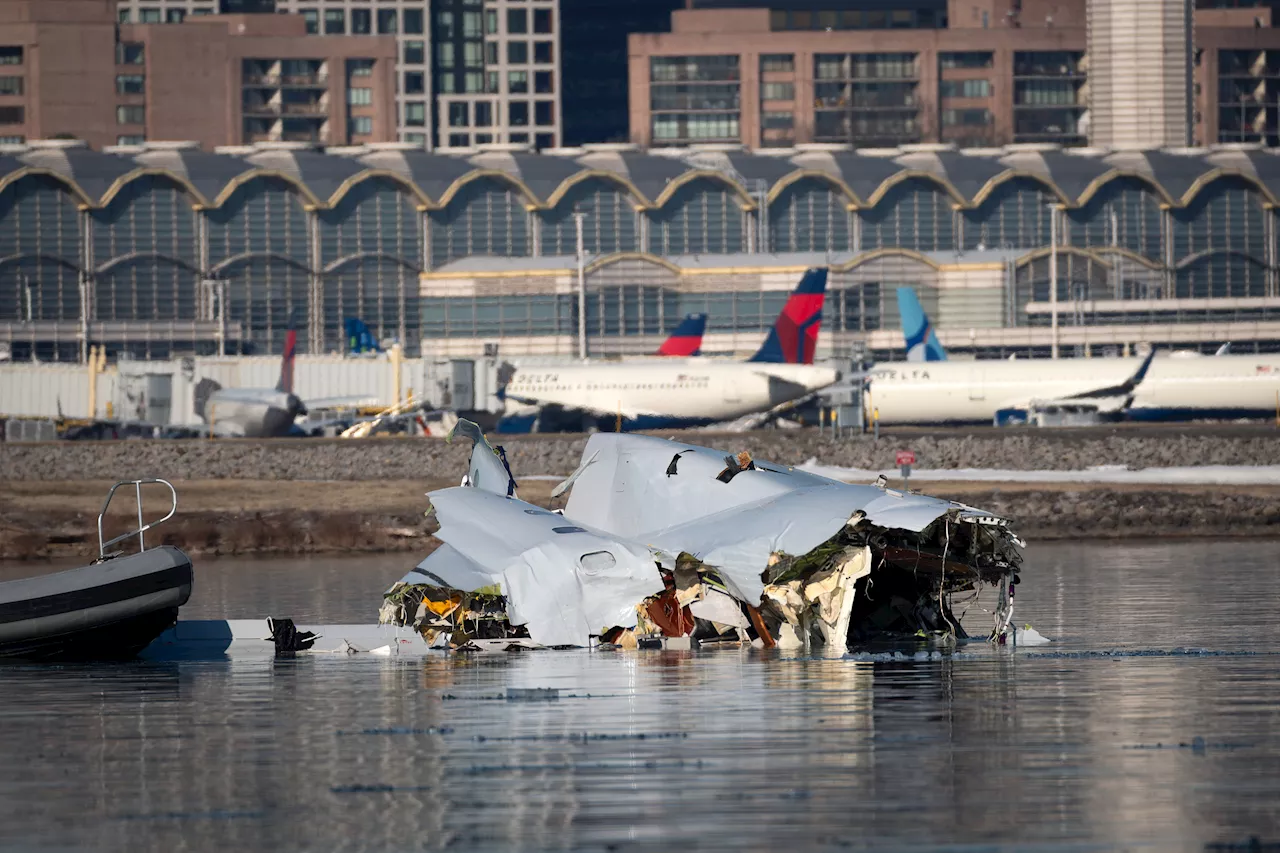 Black Hawk Helicopter Altitude Key to Unraveling Fatal CrashExperts say understanding the altitude of the Army Black Hawk helicopter at the time of its collision with a passenger jet is crucial to determining the cause of the disaster. Military pilots were conducting a routine training mission when the helicopter slammed into the commercial airliner, killing all 75 people on board. Investigators have recovered black boxes from both aircraft which will provide vital information about the flight paths and altitude at the time of impact.
Black Hawk Helicopter Altitude Key to Unraveling Fatal CrashExperts say understanding the altitude of the Army Black Hawk helicopter at the time of its collision with a passenger jet is crucial to determining the cause of the disaster. Military pilots were conducting a routine training mission when the helicopter slammed into the commercial airliner, killing all 75 people on board. Investigators have recovered black boxes from both aircraft which will provide vital information about the flight paths and altitude at the time of impact.
Read more »
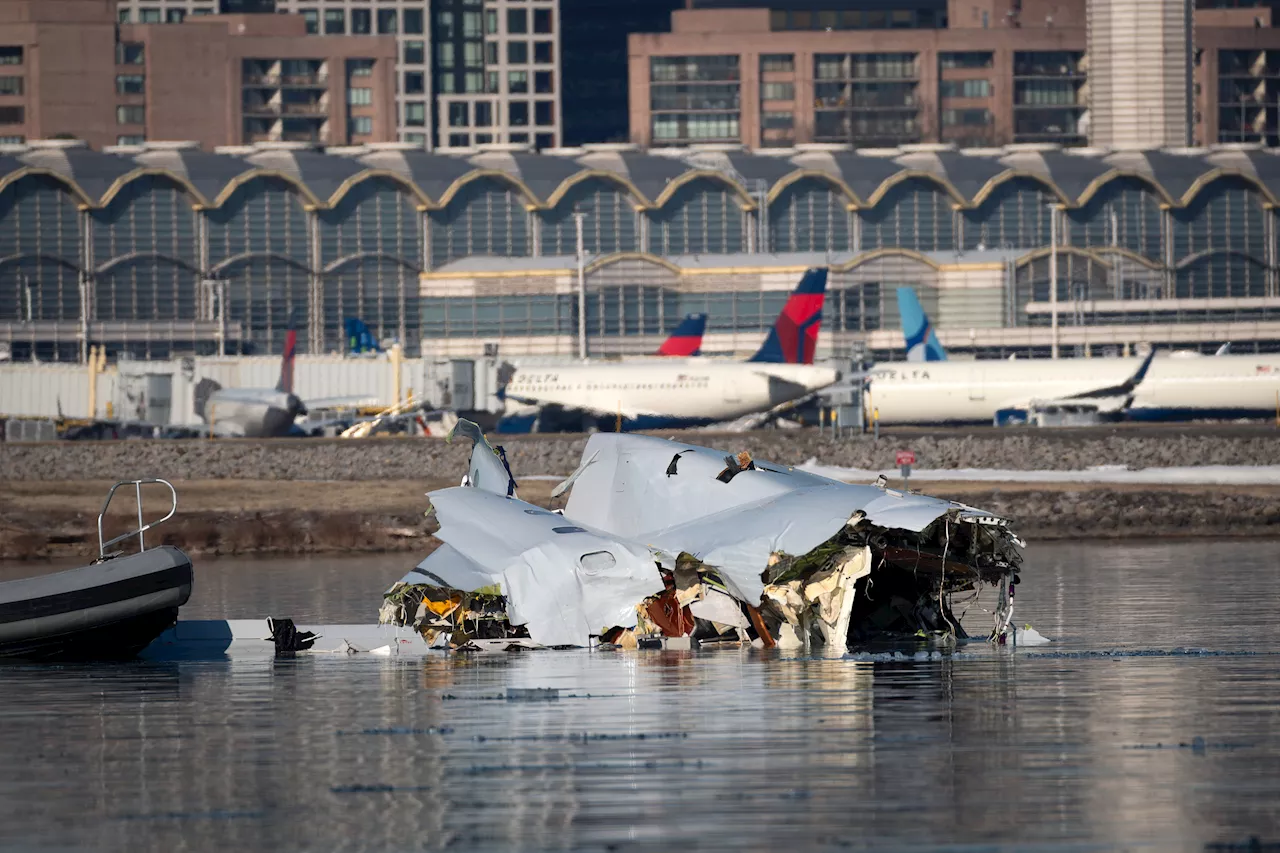 Black Hawk Helicopter Altitude Key to Unraveling Fatal Crash InvestigationAviation experts believe understanding the altitude of the Army Black Hawk helicopter at the time of its collision with a passenger jet is crucial to unraveling the disaster. The crash, which occurred during a routine training flight near Washington, D.C., resulted in the deaths of all 64 passengers on the commercial airliner and three Army crew members. Investigators are examining flight data recorders (black boxes) to determine the exact altitude at impact and other contributing factors.
Black Hawk Helicopter Altitude Key to Unraveling Fatal Crash InvestigationAviation experts believe understanding the altitude of the Army Black Hawk helicopter at the time of its collision with a passenger jet is crucial to unraveling the disaster. The crash, which occurred during a routine training flight near Washington, D.C., resulted in the deaths of all 64 passengers on the commercial airliner and three Army crew members. Investigators are examining flight data recorders (black boxes) to determine the exact altitude at impact and other contributing factors.
Read more »
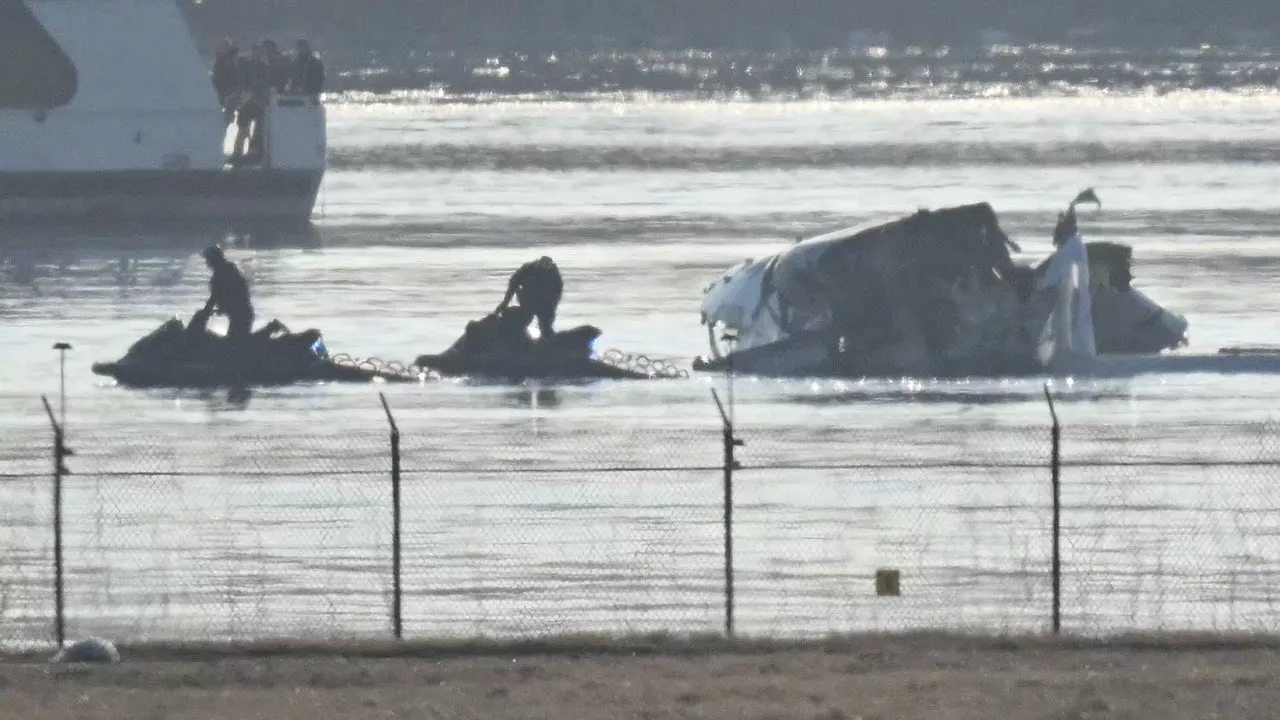 Deadly Collision: Black Hawk Helicopter and American Airlines Jet CrashA tragic collision between an Army Black Hawk helicopter and an American Airlines passenger jet resulted in a catastrophic crash near Ronald Reagan National Airport. 67 individuals lost their lives, with no survivors reported. Investigations are underway to determine the cause of the crash.
Deadly Collision: Black Hawk Helicopter and American Airlines Jet CrashA tragic collision between an Army Black Hawk helicopter and an American Airlines passenger jet resulted in a catastrophic crash near Ronald Reagan National Airport. 67 individuals lost their lives, with no survivors reported. Investigations are underway to determine the cause of the crash.
Read more »
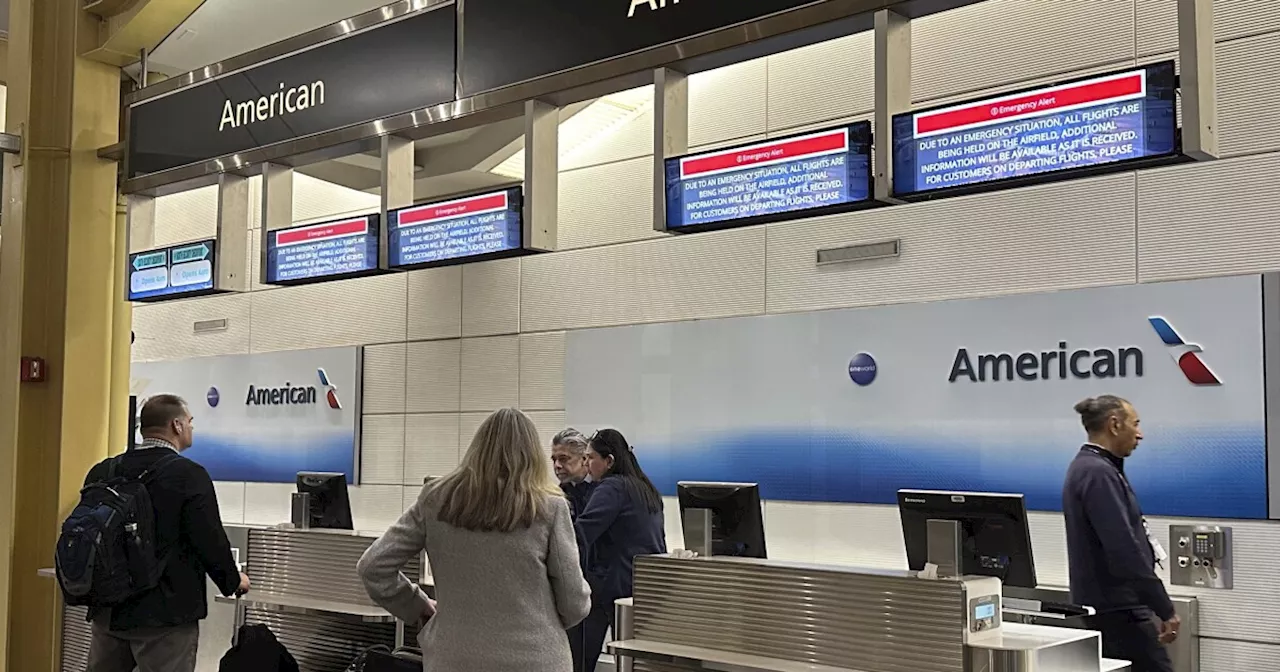 American Airlines Plane, Black Hawk Helicopter Crash in Potomac RiverA tragic crash occurred late Wednesday night between an American Airlines passenger jet and a Black Hawk military helicopter over the Potomac River near Reagan National Airport. Officials believe there were no survivors. The American Eagle Flight 5342, en route from Wichita, Kansas, had 60 passengers and four crew members. The military helicopter had three service members aboard. American Airlines has set up a hotline for concerned individuals to check on loved ones.
American Airlines Plane, Black Hawk Helicopter Crash in Potomac RiverA tragic crash occurred late Wednesday night between an American Airlines passenger jet and a Black Hawk military helicopter over the Potomac River near Reagan National Airport. Officials believe there were no survivors. The American Eagle Flight 5342, en route from Wichita, Kansas, had 60 passengers and four crew members. The military helicopter had three service members aboard. American Airlines has set up a hotline for concerned individuals to check on loved ones.
Read more »
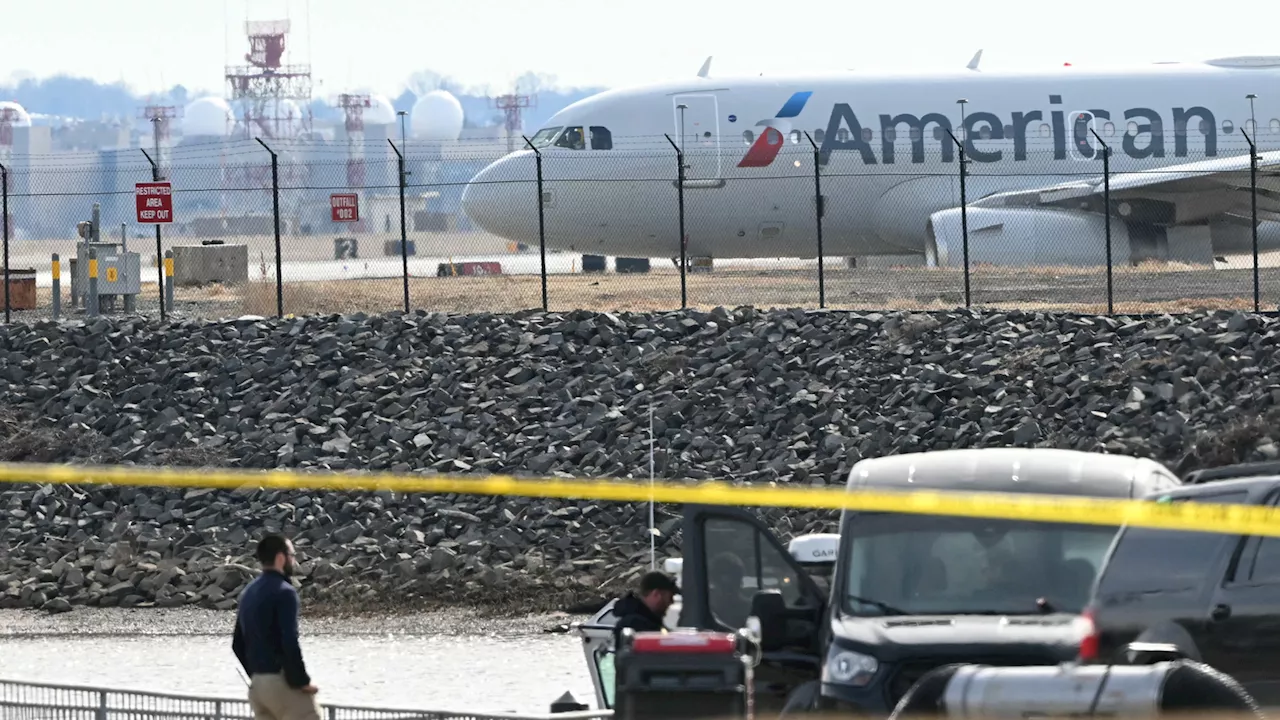 Mid-Air Collision: Bombardier Jet and Black Hawk Helicopter Crash in Potomac RiverA Bombardier CRJ700 regional jet and an Army Black Hawk helicopter collided midair, resulting in a tragic crash into the Potomac River near Ronald Reagan Washington National Airport. The incident sparked a large-scale search and rescue operation, but no survivors are expected. Sixty-four people were onboard the plane, while three Army soldiers were in the helicopter. The cause of the collision is currently under investigation.
Mid-Air Collision: Bombardier Jet and Black Hawk Helicopter Crash in Potomac RiverA Bombardier CRJ700 regional jet and an Army Black Hawk helicopter collided midair, resulting in a tragic crash into the Potomac River near Ronald Reagan Washington National Airport. The incident sparked a large-scale search and rescue operation, but no survivors are expected. Sixty-four people were onboard the plane, while three Army soldiers were in the helicopter. The cause of the collision is currently under investigation.
Read more »
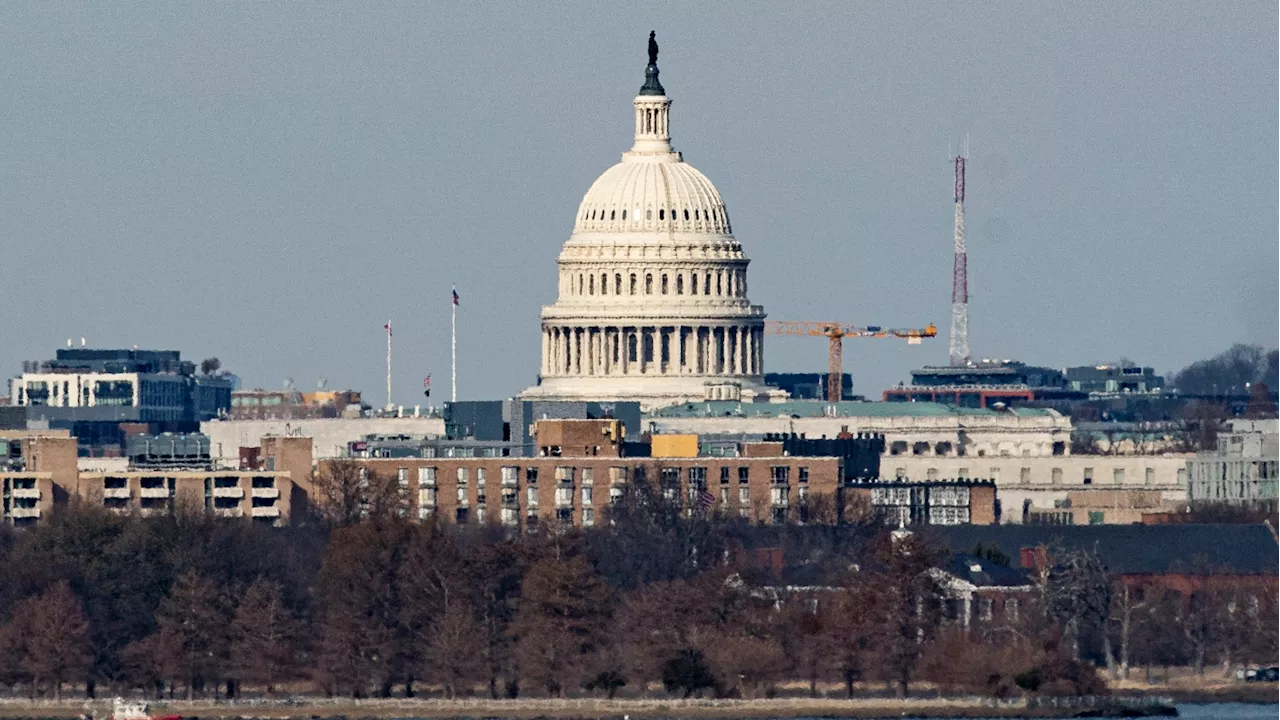 Black Hawk Helicopter Crash Near Washington, D.C.: Investigation UnderwayA Black Hawk helicopter collided with a civilian airliner near Washington, D.C., on Wednesday night, raising numerous questions about the incident. The military is conducting a comprehensive investigation, with initial indications suggesting pilot error. The helicopter was reportedly flying at a higher altitude than permitted, potentially contributing to the collision.
Black Hawk Helicopter Crash Near Washington, D.C.: Investigation UnderwayA Black Hawk helicopter collided with a civilian airliner near Washington, D.C., on Wednesday night, raising numerous questions about the incident. The military is conducting a comprehensive investigation, with initial indications suggesting pilot error. The helicopter was reportedly flying at a higher altitude than permitted, potentially contributing to the collision.
Read more »
